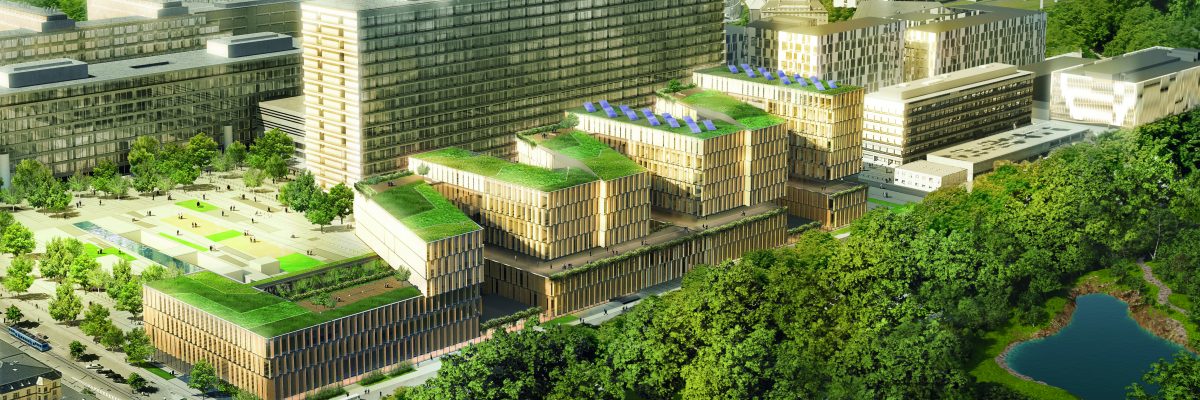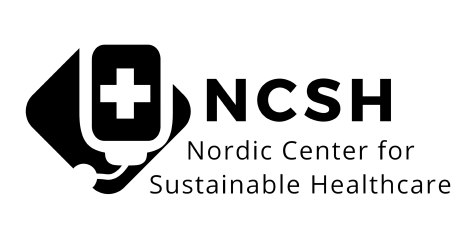Why so green?
Grønnköpingkið University Hospital is located in the fictional city of Grønnköpingkið, exactly in the middle of the Nordics.
The city’s climate is just right. You will experience the relatively cold winters and the relatively warm summers. You are close to a stream, a fjord, a mountain, forests, oceans, and agricultural land. Your neighbours come from all over the world, with knowledge and competence grown organically over the years. Everyone benefits from collaboration and community efforts.
Grønnköpingkið University Hospital has climate resilience and can deliver the best healthcare possible even amidst uncertainty; when faced by disturbances like climate changes and disease outbreaks, Grønnköpingkið is able to bounce back and remain robust.
But how did the green hospital come to be?
Such a saga has its beginning many, many years ago. We need to leave Grønnköpingkið as it stands today to tell it.
The saga of Grønnköpingkið
The 800s: A Viking settlement
The Vikings from Grønnköpingkið were innovators and forever changed the shipbuilding technology in the world. Their innovative tools in the shape of sun compasses enabled their traveling to go further than anyone had travelled before. Across the vasts seas to places once unknown, learning and exchanging knowledge, wisdom and practices.
The Vikings started stretching borders of both countries and technologies – they set the scene for the innovative green hospital which was later to be built.
The 1200s: The Hanseatic League
Through increasing trade routes with Northern Europe, the borders softened in the 800s continue to widen. It does not take long until Grønnköpingkið is an established market town.
The 1700–1800s: An industrial expansion
Following the years as an important trade player, Grønnköpingkið becomes industrialised and its logistics more refined. But the industrialisation has its backside: pollution and environmental problems soon start to torment the growing town. Several learning processes take root for doing things differently.
The 1860s: Healthcare for the citizens
Placing nature and people on the agenda, Grønnköpingkið decides to cover its population with publicly financed comprehensive healthcare. This leads to the ability to construct preventative healthcare for long-term and positive health effects (and to future climate friendly healthcare, too).
The 1960s: A decade of environmental awareness and policies
Taking a leap forward by one hundred years, we find ourselves in a green decade. In 1967, the Environmental Protection Agency takes its shape in the city of Grønnköpingkið. This decade sparks innovations with sustainability as their focus area in the years to come – innovations related not least to pharmaceuticals in the environment and healthcare waste solutions.
The 2000s: New business areas are emerging
Thanks to many interacting external factors, Grønnköpingkið is doing well internationally. Companies are developing a wide range of products and services and are supplying hospitals all around the world. It is at this time easy to image a hospital of many names: a sustainable hospital; a Greentech hospital; a Cleantech hospital; an eco-friendly hospital.
The interest from abroad increases, boosting “sustainable healthcare” as a novel industry in 2015 and a new masters’ programme marked by research and innovation. Another industrial time begins, framed by renewable energy sources, digitalisation and multidisciplinary collaboration.
And one day not long after, the first blueprints of Grønnköpingkið University Hospital are being drawn.
The saga of Grønnköpingkið is a story of innovation, diversity, and collective care – for humans and for nature.

